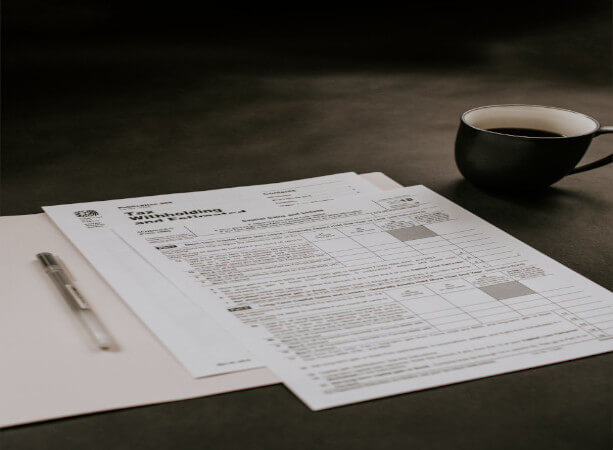Day: December 6, 2021
Concept of Deceptive Similarity under Trademark Laws
>In this post, the author has explained the meaning and the laws associated with the concept of Deceptive Similarity under the Trademark Laws in India. Introduction Trademark has been defined in Section 2(zb)of the Trade Marks Act, 1999 as: “A mark capable of being represented graphically and which is capable of distinguishing the goods/services of one person from those of others and may include the shape of goods, their packaging, and combination of colors”. Trademarks are essential in developing a company’s brand name and goodwill. It not only aids in the creation of brand value but also aids in the generation of revenue. A trademark is vulnerable to being infringed and/or misused because it is so important. One such way of a trademark is making “deceptively similar” trademarks. Interpretation and Scope of Deceptive Similarity The concept of deceptive similarity has been discussed under Section 2(h) of the Trade Marks Act, 1999 as: “A mark shall be deemed to be deceptively similar to another mark if it so nearly resembles that other mark as to be likely to deceive or cause confusion.” In layman’s terms, deceptively similarity of marks can be defined as similarity between trademarks that can lead the general public of average intelligence to believe that the mark in question is somehow related to a registered or well-known trademark. According to Section 11(1) of the Trademark Act, 1999, “a trademark cannot be registered if it is deceptively similar, or identical, with the existing trademark and goods and services, that is likely to create confusion in the mind of the public at large”. Criteria for a court of law or tribunal for determining deceptive similarity The criteria for the determination of the deceptive similarity of marks had been decided in the case of Cadilia Healthcare Limited v. Cadilia Pharmaceutical Limited, where the Hon’ble Supreme
Read More





